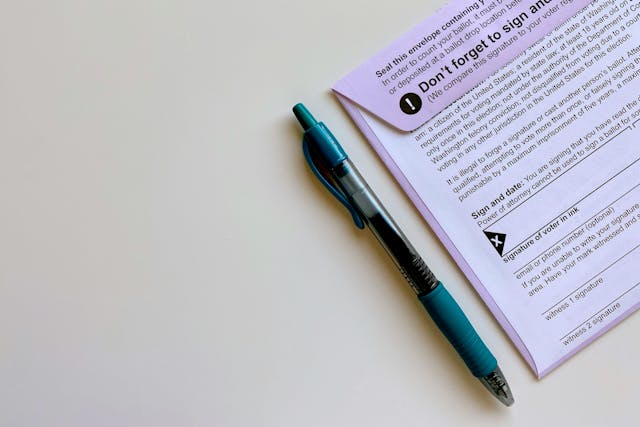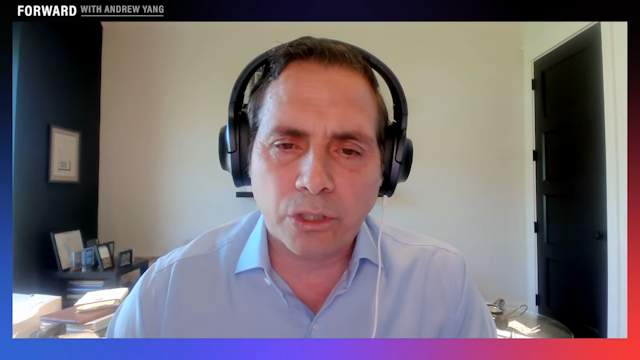Attention California Voters, Make Sure You Can Vote in the Presidential Primary

The deadline for Californians to register to vote for the June 7 primary is quickly approaching and millions of voters don't know they cannot vote in the presidential contests. In order to vote for the candidate of their choice, California voters need to make sure they are registered with the appropriate party by May 23.
Coming on the heels of mass voter confusion in closed primary states like New York and Arizona, elevated interest in the 2016 presidential contests will likely create a similar situation under the semi-closed primary rules in California -- except on a greater scale since California has a much larger voting population.
Here is what California voters need to know:
- In the 2016 presidential primary, if voters are currently registered No Party Preference (independent), they can only participate in the Democratic, Libertarian, and American Independent primaries. If they want to vote for a Republican candidate or a candidate in another party, they have to change their party affiliation by May 23.
- If voters are currently registered with the American Independent Party (AIP), they can only vote in the AIP primary, which is the case for all third parties. AIP is a conservative third party; it is not an independent party or no party designation. Currently, hundreds of thousands of voters are likely registered with the party by mistake. For more information on AIP and why so many voters will unknowingly be denied a meaningful voice in the 2016 presidential primary, go here.
- Voters registered as a Democrat cannot vote for a Republican candidate and vice versa. Registered members of any party, major or minor, cannot participate in another party's primary under California election law. Voters who want to vote in another party's primary must change their voter registration to the appropriate party by the May 23 deadline.
Read More: Independent Voters Disenfranchised by California Primary Rules
In California, 29% of the voting electorate are either registered independent or with a third party. In a rare year where California will actually matter in both major party contests, many of these voters are expecting to be able to vote for either a Democrat or Republican candidate, but either can't or have limited options.
Voters in Arizona and New York, as well as other closed and semi-closed primary states, are already familiar with the harsh reality of these type of election laws.
New York's closed primary system came under heavy fire leading up to the April 19 contests. Protests were held by voters who argued that the process shuts out 1 in 4 voters (about 3.2 million New Yorkers) who choose not to affiliate with the Republican or Democratic Party.
Millions of voters in Arizona, New York, and other similar states went to the polls assuming they could vote for one of the main party candidates, but many of them were forced to cast a provisional ballot (which likely won't be counted) or were turned away because they weren’t registered with the right party.
Two Republican California lawmakers, Assemblymember Kristin Olsen and State Senator Anthony Cannella, along with Democratic Assemblymember Tom Daly sponsored resolution ACR 145, which asked Secretary of State Alex Padilla to add a nonpartisan public option ballot for the presidential election that would list all qualified candidates, regardless of party affiliation, for voters who either cannot or do not want to participate in a party primary.
The resolution, which was also supported by the Independent Voter Project, was killed in the Assembly Committee on Elections and Redistricting in a 2-3 vote. To read more about the resolution and the committee vote, go here.
Photo Credit: Vepar5 / shutterstock.com



